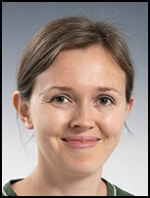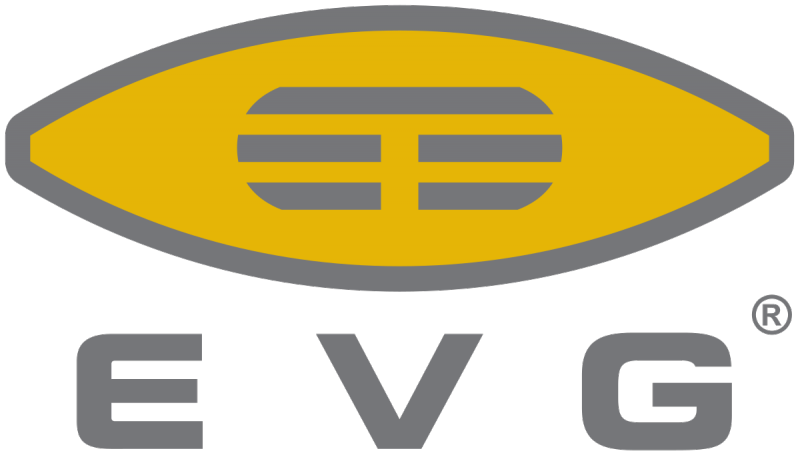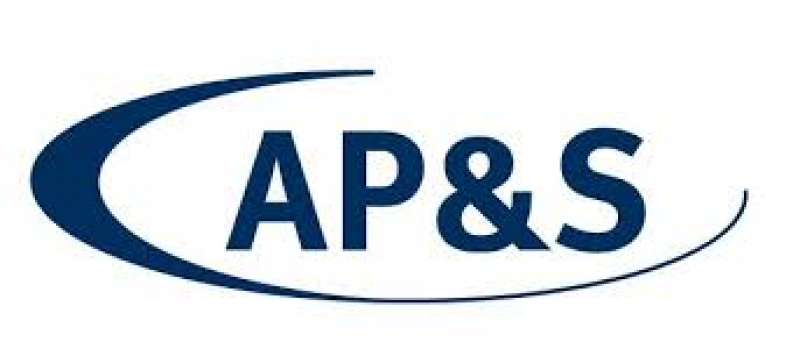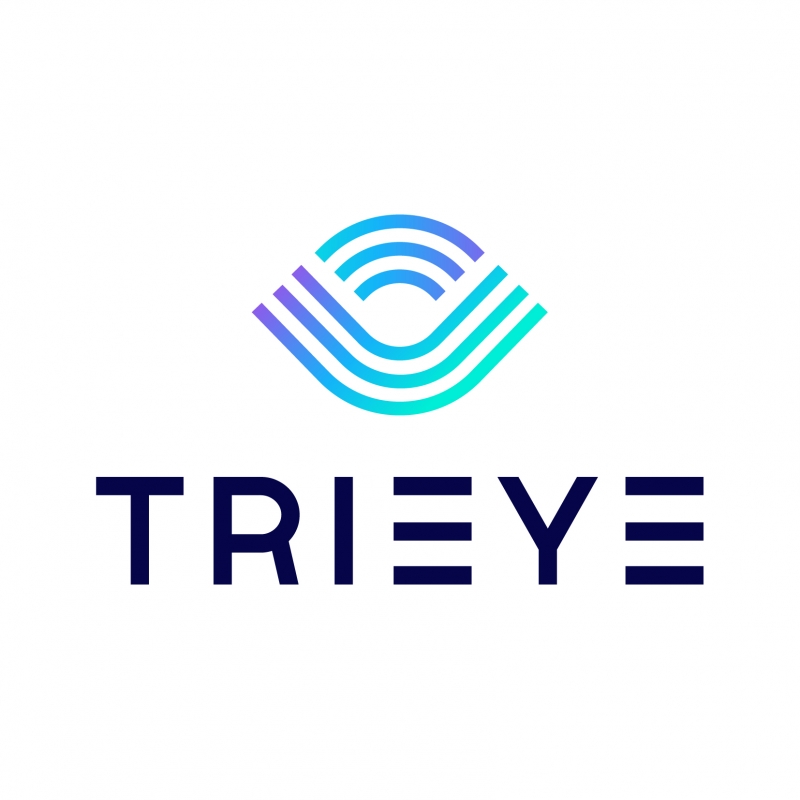| Thursday, February 18, 2021 | |
Session 1: Roadmap of Automotive Semiconductors for Car Electrification |
|
| 15:00 | Opening Remarks, Bettina Weiss, Chief of Staff, SEMI |
| 15:15 | Keynote |
GAAC updates on standard harmonization/ alignment with international bodies |
|
| 15:20 | SiC in the Automotive Supply Chain |
Simon Price, CEO, Exawatt SiC in the Automotive Supply Chain
 Abstract Biography |
|
| 15:40 | High end power device manufacturing – substrate manufacturing and handling at the transition from Si to Compound Semiconductor materials |
Elisabeth Brandl, Business Development Manager, EVG High end power device manufacturing – substrate manufacturing and handling at the transition from Si to Compound Semiconductor materials
 Abstract Biography |
|
| 15:55 | Journey and Development history on SiC from 2015-2020: "From Single-Wafer Metal-Lift-off to Metal etch to Metal-Etch via Batch process” |
Stefan Zürcher, Team Leader Process Engineering & Laboratory, AP&S Journey and Development history on SiC from 2015-2020: "From Single-Wafer Metal-Lift-off to Metal etch to Metal-Etch via Batch process”
 Abstract Biography |
|
| 16:05 | Gallium Nitride Technology to Meet Automotive High Reliability Requirements |
Kurt Smith, VisIC Technologies Gallium Nitride Technology to Meet Automotive High Reliability Requirements
 Abstract Biography |
|
Session 2: The Rise of Autonomous |
|
| 16:25 | Keynote |
Market Updates, Autonomous sensors and future applications Dexin Chen, Automotive Analyst, IHS |
|
| 16:45 | How to Support the Functional Safety Requirements of the Automotive Industry |
Antoine AMADE, Senior Director, EMEA/NA Entegris Automotive Program, ENTEGRIS How to Support the Functional Safety Requirements of the Automotive Industry
 Abstract Biography |
|
| 17:05 | Next Generation Radar- a Game Changer for Truly Safe and Smart Mobility |
Kobi Marenko, Founder and CEO, Arbe Next Generation Radar- a Game Changer for Truly Safe and Smart Mobility
 Abstract Biography |
|
| 17:25 | Mastering the Edge: Critical Factors to Enabling Edge Computing |
Maurice Geraets, Co-CEO, NXP Netherlands Mastering the Edge: Critical Factors to Enabling Edge Computing
 Abstract Biography |
|
| 17:40 | Short-Wave Infrared Breaking the Status Quo - Identifying Hazards on the Road and Solving the Low Visibility Challenge |
Ziv Livne, Chief Business Officer, TriEye Short-Wave Infrared Breaking the Status Quo - Identifying Hazards on the Road and Solving the Low Visibility Challenge
 Abstract Biography |
|